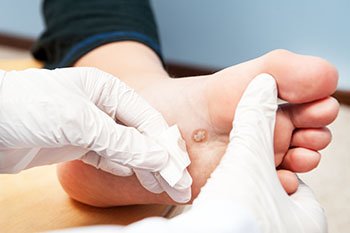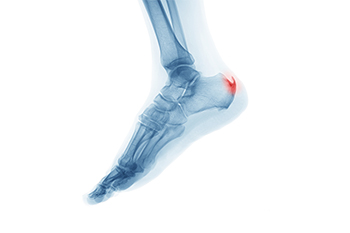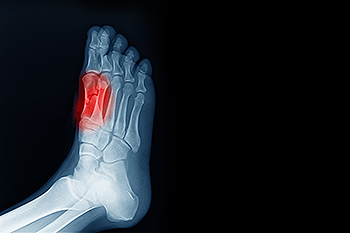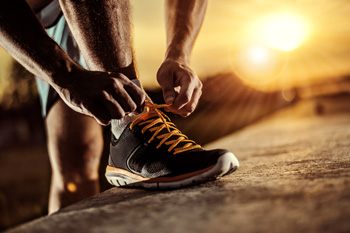
Plantar warts are small, non-cancerous growths that appear on the soles of the feet due to the human papillomavirus, or HPV. These warts often develop in areas subjected to pressure, making them uncomfortable and painful. The virus enters the skin through tiny cuts or abrasions and thrives in warm, moist environments like public swimming pools and locker rooms. Plantar warts may have a rough texture and sometimes feature tiny black dots, which are small blood vessels. They are contagious and can spread through direct contact or indirectly via surfaces that have been in contact with the virus. Treatments include mild medications, cryotherapy, or other medical interventions. Proper foot hygiene and avoiding direct contact with warts are essential in preventing their spread. Plantar warts can be painful and can interfere with completing daily activities. If you have developed this condition, it is suggested that you visit a chiropodist who can offer the treatment that is right for you.
Plantar warts can be uncomfortable or even painful. If you’re suffering from warts on your feet, please consult with one of the chiropodists from The Footcare Centre. Our chiropodists can help you maintain the health of your lower limbs and your mobility.
What Does a Plantar Wart Look Like?
Plantar warts are fleshy growths that generally have a rough, grainy texture. They may look and feel like a callus and are usually small and can grow individually or in clusters. Plantar warts may have small, black dots at their center that are actually tiny blood vessels. Warts interrupt the natural lines of your skin.
Treatment Options
Salicylic acid - A chemical solution applied directly to the wart
Cryotherapy - Freezing the wart off with liquid nitrogen
Minor surgery - Removing the wart through excision
Laser treatment - A concentrated beam of light is used to remove the wart
Wearing comfortable shoes and socks to avoid irritating the wart
Over-the-counter medications for pain relief
Patches to keep pressure off the warts
Plantar warts can go away on their own, but this may take several months to years. If your plantar warts are bothering you, seeking medical treatment is suggested. If you have any questions, please feel free to contact our office located in . We offer the newest diagnostic and treatment technologies for all your foot care needs.





